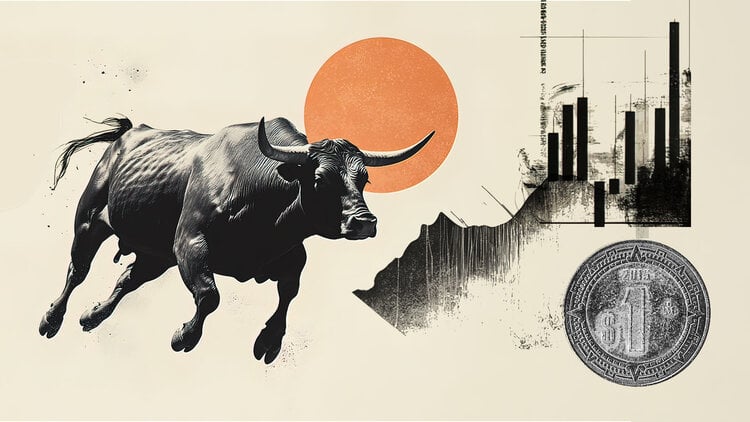THE European Union approved a new one commercial mechanism, which would allow the EU to take action, in accordance with international law and as a last resort, should it or member states face economic blackmail by a foreign country that “seeks to influence a particular policy or position”.
THE Coercive Measures Prevention Mechanism aims “to protect the sovereignty of the EU and its member states, in a geopolitical context where trade and investment are increasingly used aggressively by foreign powers”, as stated in the relevant announcement of the European Parliament. It will mainly have a deterrent role, however, it will include ways to combat economic coercion and enable the EU to take countermeasures.
The European Commission had proposed this mechanism in December 2021, at the request of the European Parliament and “in response to the economic pressure exerted by the US during the Trump administration, combined with the numerous confrontations between the EU and China”. In fact, this new European tool comes to be added to a series of other trade defense tools that have been created in recent years, while last May, the G7 leaders had announced the creation of a “coordination platform against economic coercion, following the initiative of the EU”.
Financial coercion
So, according to the new regulation, financial coercion exists when “a third country puts pressure on the EU or its member state to make a particular choice by applying (or threatening to apply) trade or investment measures”. This type of coercion, while undermining the EU’s strategic autonomy, is not covered by the World Trade Organization (WTO) agreement. In particular, the WTO dispute settlement system does not apply to cases of economic coercion, unless these also include other aspects that violate WTO rules.
Specifically, the new rules provide that “the European Commission will have four months to investigate possible cases of coercion” and, based on the findings of this investigation, the (EU) Council will have eight to ten weeks to decide (by qualified majority) whether coercion exists.
The primary objective will be to start a dialogue with the non-EU country to persuade its authorities to stop the relevant actions, but if these efforts fail, then the EU will be able to adopt various countermeasures. So, if coercion is found to exist and member states agree, the European Commission will have six months to determine what appropriate measures should be taken, while informing the European Parliament and the (EU) Council in all stages of the process.
The “possible countermeasures”
MEPs “strengthened the deterrent character” of the new European tool, including in the text “a full list of possible measures” that the EU will have at its disposal, such as the imposing restrictions on trade in goods and services, intellectual property rights and foreign direct investment. Barriers could also be applied to access to the EU public procurement market and stock exchanges, as well as the licensing of products, assessed against chemical and health criteria.
In addition, according to the new rules, “the EU will be able to request compensation for the damage caused to it by the third country due to the coercion” and “the European Commission will be able to implement measures to recover such damages”.
“We now have at our disposal a wide range of countermeasures and a toolbox full of defensive means”, emphasized in his statements the rapporteur of the relevant report and chairman of the Committee on International Trade, German MEP of the Eurosocialists, Brund Lange, and immediately added: “We have set clearly the timetables and what constitutes a coercive measure, but also how we can react. Although this anti-coercion tool should mainly act as a deterrent, we will be able to take action if necessary to defend the sovereignty of the European Union.”
The rule it is expected to be officially approved by the (EU) Council in October and will enter into force 20 days after its publication in the Official Journal of the EU.
Source: News Beast
With 6 years of experience, I bring to the table captivating and informative writing in the world news category. My expertise covers a range of industries, including tourism, technology, forex and stocks. From brief social media posts to in-depth articles, I am dedicated to creating compelling content for various platforms.







